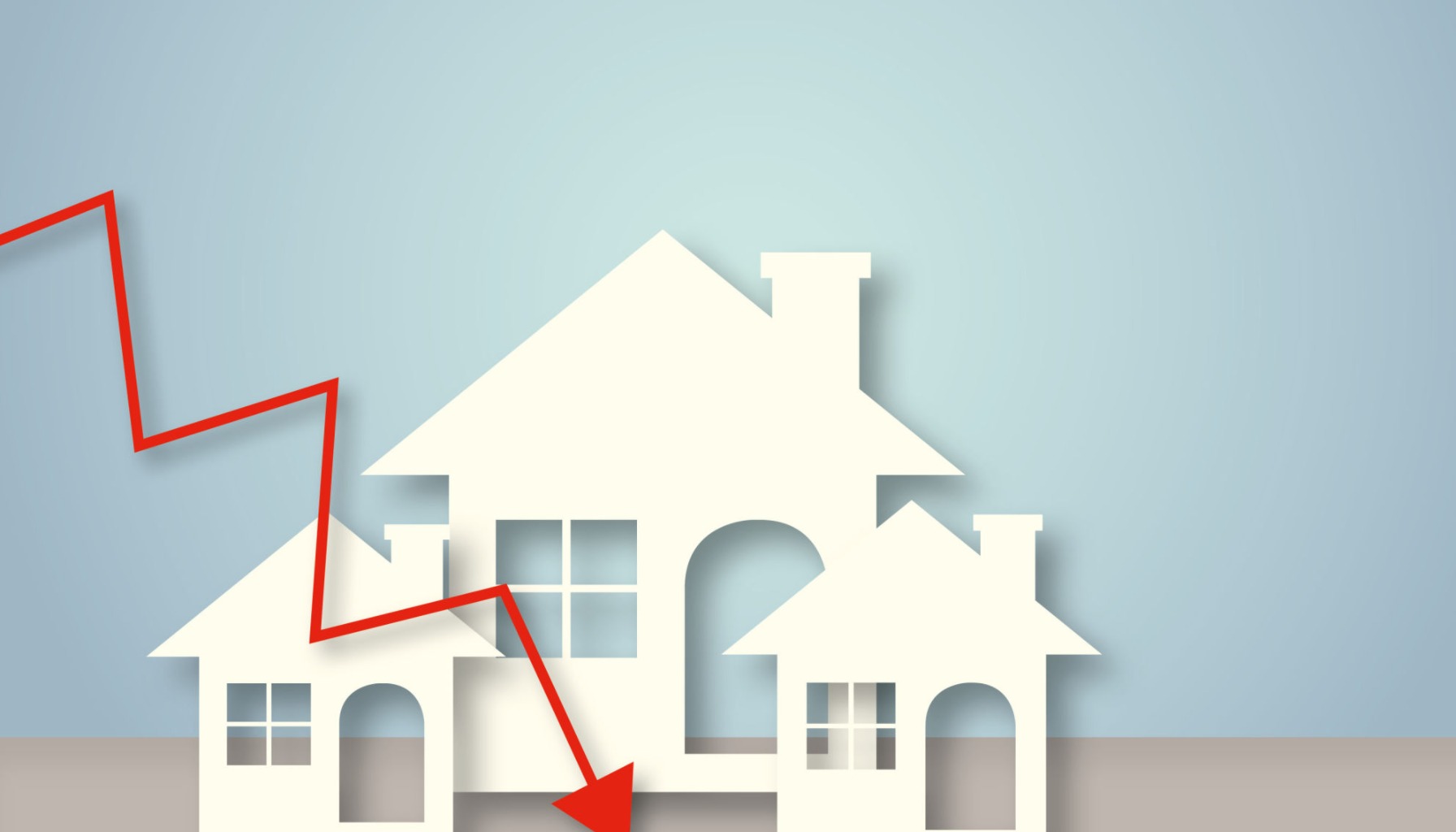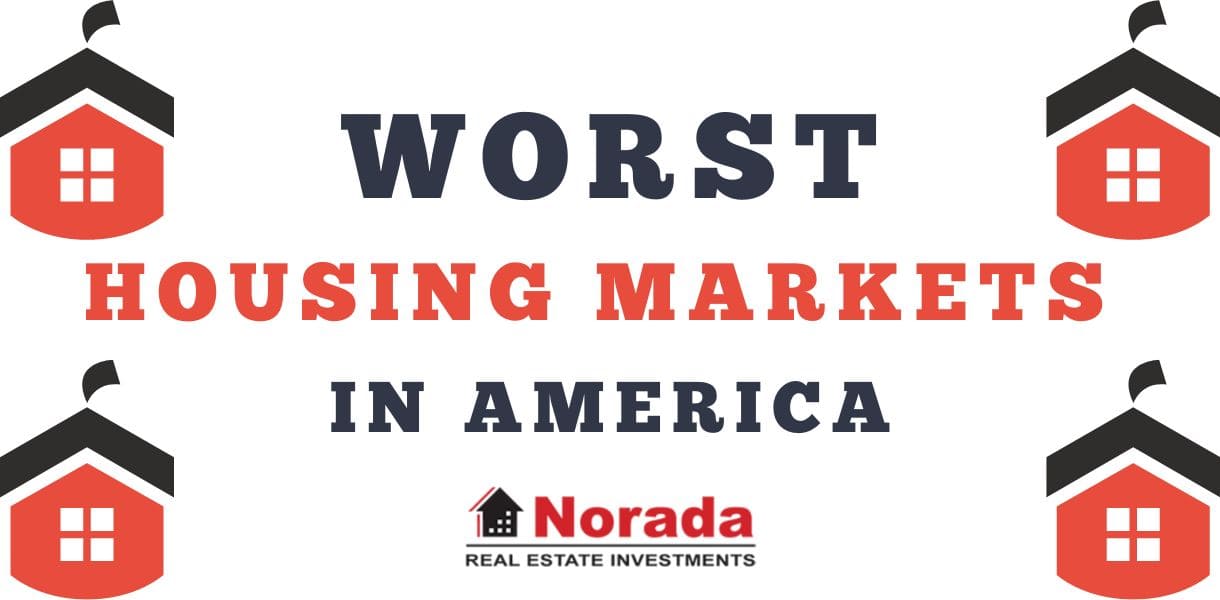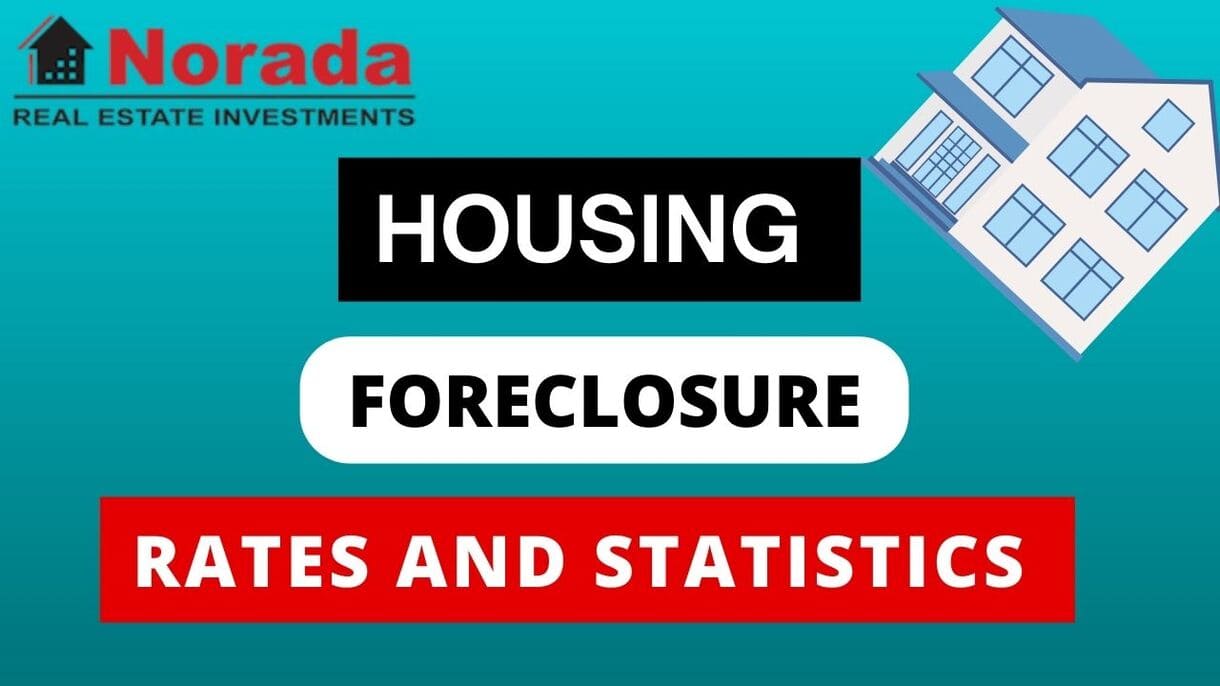If you're keeping an eye on the real estate world, you've likely noticed things have felt a bit… slow. And you're right. The latest data from the National Association of REALTORS® (NAR) confirms that the housing market remains sluggish with a dip in home sales in August. While the change might seem small – just a 0.2% drop from July – it adds to a picture of a market that's still finding its footing. What does this mean for you, whether you're thinking about buying a home or selling the one you have? Let's dive in.
Housing Market Update 2025: NAR Report Indicates Sluggish Trends
These shifts, even small ones, are important signals. They often point to larger forces at play, like interest rates, the number of homes available, and how much people can afford. The fact that sales decreased slightly in August, reaching a seasonally adjusted annual rate of 4.0 million, tells us that the buying frenzy we saw not too long ago has definitely cooled.
A Closer Look at the Numbers: What Did August Show Us?
The NAR's Existing-Home Sales Report is like a regular health check for the housing market. It gives us a clear snapshot of where things stand. Here's a breakdown of what August revealed:
- Month-over-Month: Sales dipped by a modest 0.2%. While not a huge plunge, it's enough to confirm the ongoing sluggishness.
- Year-over-Year: Interestingly, when we compare August of this year to August of last year, we actually see an 1.8% increase in sales. This suggests some growth compared to the previous year, but that growth is happening from a slower baseline.
- Inventory: The supply of homes for sale, often called inventory, also saw a bit of a dip, down 1.3% from July. However, this is still higher than last year, which is generally good news for buyers looking for more options. We're looking at about 1.53 million homes available.
- Months' Supply: This measures how long it would take to sell all the homes currently on the market if no new ones were listed. In August, it was 4.6 months. This is pretty stable compared to last month and up from 4.2 months last year. It's still not a huge buyer's market, but it’s not a severe seller’s market either.
Why the Slowdown? It's All About the Money and the Homes.
Lawrence Yun, NAR's Chief Economist, hit the nail on the head. He pointed to two big reasons for this sluggishness: elevated mortgage rates and limited inventory. And honestly, that's been the story for a while now.
- Mortgage Rates: When mortgage rates are high, the monthly payment for a home shoots up. This makes it harder for many people to afford the homes they want, or even to qualify for a loan. While rates have been inching down, they're still higher than many buyers remember from a few years back. The average 30-year fixed-rate mortgage in August was 6.59%, down a bit from July (6.72%) but still a significant factor.
- Inventory: Even with a slight dip in the number of homes for sale in August, the overall picture is still one where there simply aren't enough homes, especially affordable ones, to meet demand. Think about it: if there are fewer homes available, there's less competition for buyers, but also fewer opportunities for sellers.
Regional Differences: Not All Markets are Created Equal
What's happening in the housing market isn't uniform across the country. Some areas are feeling the slowdown more than others.
- Northeast: This region saw a pretty noticeable 4.0% decrease in sales month-over-month. Prices here are also the highest, with a median of $534,200, up 6.2% year-over-year.
- Midwest: Here's a bright spot! The Midwest saw a 2.1% increase in sales month-over-month. This is largely because homes in the Midwest are more affordable. The median price is a much lower $330,500, up 4.5% from last year. Yun highlighted this affordability as a key driver.
- South: This region experienced a 1.1% decrease in sales. The median home price here is $364,100, showing a small increase of 0.4% year-over-year.
- West: Sales in the West also saw a slight increase of 1.4% month-over-month. However, this region has by far the highest median home price at $624,300, up 0.6% from last year.
It's always important to remember that national statistics are just averages. Your local housing market could be behaving quite differently, so keeping an eye on your specific area is crucial.
| Region | Month-over-Month Sales Change | Year-over-Year Sales Change | Median Sales Price (August) | Year-over-Year Price Change |
|---|---|---|---|---|
| Northeast | -4.0% | -2.0% | $534,200 | +6.2% |
| Midwest | +2.1% | +3.2% | $330,500 | +4.5% |
| South | -1.1% | +3.4% | $364,100 | +0.4% |
| West | +1.4% | -1.4% | $624,300 | +0.6% |
What About Home Prices? They're Still Going Up (Mostly).
Despite the sluggish sales, home prices continue to show resilience. The median existing-home price for all housing types hit $422,600. That's a 2.0% increase from last year. This marks the 26th consecutive month of year-over-year price increases.
This might sound confusing: why are prices still going up if sales are slow? It largely comes back to inventory. When the supply of homes is tight, even with fewer buyers, sellers can often hold firm on prices, and sometimes even see increases. However, the rate of price growth has certainly slowed compared to the booming market of a few years ago.
Who's Buying and Selling? A Look at the Buyers
The report also gives us insights into who's making moves in the market:
- First-Time Homebuyers: They made up 28% of sales in August, which is unchanged from July but up from 26% in August 2024. This is an important demographic. As affordability continues to be a challenge, seeing a stable or slightly increasing share of first-time buyers is a positive sign for the future. It suggests that some of the market's demand is still being met, even if it's a struggle.
- Cash Sales: 28% of transactions were cash sales. This figure decreased slightly from the previous month. Cash buyers often have an advantage as they don't rely on mortgage financing, which can be a hurdle for many.
- Investors: Individual investors or second-home buyers accounted for 21% of transactions. This is slightly up from last month, indicating that investors are still active in the market, perhaps seeing opportunities.
- Distressed Sales: These are sales of homes in foreclosure or short sales. They remain very low, at just 2%, showing that the market isn't flooded with drastically cheap, distressed properties.
My Take: What This Means for You
From my perspective, this data paints a picture of a market that's trying to find a new balance. It's not the red-hot seller's market of a few years ago, nor is it a buyer's dream market either.
- For Buyers: This period of sluggishness could be a good time to explore your options. While prices are still high and interest rates are a concern, the slight increase in inventory and the slower pace of sales might give you a little more breathing room and negotiation power than you would have had recently. The Midwest region, in particular, stands out as a more affordable area to consider. However, you still need to be prepared financially, especially with those mortgage rates.
- For Sellers: If you're thinking of selling, patience might be key. The market is still moving, but homes might be taking a bit longer to sell – 31 days on average in August, up from 28 days last month. Pricing your home correctly from the start is more important than ever. While you might not get multiple offers within hours, a well-maintained and well-priced home will still attract buyers.
Looking Ahead: What to Watch For
The future of the housing market hinges on a few key factors:
- Mortgage Rates: This is the big one. If rates continue to fall, we'll likely see a significant boost in buyer activity.
- Inventory Growth: More homes hitting the market, especially in starter and mid-range price points, would really help to ease some of the affordability pressures.
- Economic Stability: A strong economy generally supports a healthy housing market. Continued job growth and wage increases can help more people afford homes.
The NAR's Chief Economist, Lawrence Yun, is optimistic that declining mortgage rates and increasing inventory will boost sales in the coming months. He also noted that while the upper end of the market might benefit from homeowners' increased wealth, the lack of affordable inventory will continue to constrain sales at the lower end.
The housing market is a complex beast, always influenced by a multitude of economic and social factors. While August showed us a market that's still taking its time, it's also a market that shows signs of potential improvement as interest rates ease and more homes come online. Keep an eye on these trends; they'll tell us more about where the market is headed next.
Invest in Real Estate in the Top U.S. Markets
Discover high-quality, ready-to-rent properties designed to deliver consistent returns.
Contact Norada today to expand your real estate portfolio with confidence.
Contact our investment counselors (No Obligation):
(800) 611-3060
Also Read:
- 7 Buyer-Friendly Housing Markets in 2025 With Abundant Homes for Sale
- The $1 Trillion Club: America's Richest Housing Markets Revealed
- 4 States Dominate as the Riskiest Housing Markets in 2025
- Housing Market Predictions: Home Prices to Drop by 0.9% in 2025
- Housing Market Predictions 2025 by Norada Real Estate
- Housing Market Predictions 2025 by Warren Buffett's Berkshire Hathaway
- Will the Housing Market Crash in 2025: What Experts Predict?
- Housing Market Predictions 2026: Will it Crash or Boom?
- Housing Market Predictions for the Next 4 Years: 2025 to 2029
- Real Estate Forecast: Will Home Prices Bottom Out in 2025?
- Real Estate Forecast Next 5 Years: Top 5 Predictions for Future
- Will Real Estate Rebound in 2025: Top Predictions by Experts
- Real Estate Forecast Next 10 Years: Will Prices Skyrocket?





